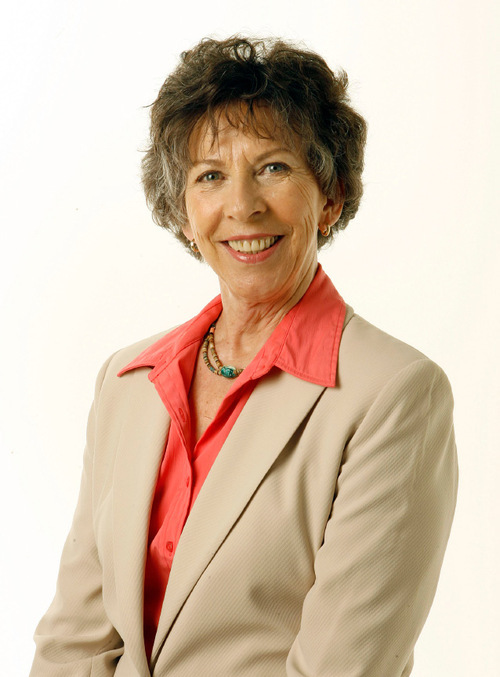This is an archived article that was published on sltrib.com in 2012, and information in the article may be outdated. It is provided only for personal research purposes and may not be reprinted.
Two interesting issues were raised for readers and journalists in national media this past week — and both can be seen clearly in New York Times coverage.
First was the fact that on 9/11, the Times had no mention of what has made 9/11 a fixture in our collective memories and such a dramatic part of our nation's history.
The second was that the Times ran a photo on its Web edition taken during an attack on the U.S. consulate that showed a dead or dying U.S. Ambassador to Libya J. Christopher Stevens.
The newspaper was criticized on both counts.
In the case of the ambassador, the U.S. State Department asked the Times to pull the photo, but the Times refused.
The newspaper was not alone in either the 9/11 or Ambassador Stevens case. The Los Angeles Times ran the photo on its print front page. Fox News ran a video of the ambassador being dragged by Libyans in the burning building. I don't know if they were asked to pull it.
The New York Post ignored 9/11 on its front page. The Wall Street Journal, also a New York paper, had no cover story about 9/11 but carried a narrow paid strip ad remembering the day across the bottom of A1. The Washington Post, a national newspaper in close vicinity to the 9/11 stricken Pentagon, ran only a small photo tease on the bottom of the front page to a story inside.
NBC's "Today" show aired Kris Jenner, the Kardashian family matriarch, talking about breast augmentation while other stations broke away from regular programming to commemorate the moment and the day terrorists struck the World Trade Center, the Pentagon and crashed United Flight 93.
So what do you think? When is enough enough? Was it time to move on or should the Times have marked the anniversary of 9/11 on its front page? Should NBC have broken away from regular programming for a moment of silence like the other New York stations?
Should the Times and Fox have agreed to pull down the photos of the dead or dying ambassador? They were graphic depictions of a painful, personal, terrible event.
The way you answer both those questions may have to do with what you think is the role of the news organization in the community it serves.
You could make a case that a good news organization reflects the readers it serves, is mindful of its sensibilities, its values. Playwright Arthur Miller said a good newspaper is the nation talking to itself. Indeed.
But it is more. It has a responsibility to those readers to tell them the news, the facts, the truth as they can establish it.
About the lack of 9/11 presence The New York Times' Public Editor said, "The pain, the outrage, the loss — these never fade. The amount of journalism must."
Maybe. But at this time I would agree with those who say it is too soon to ignore. We still feel it. It is still fresh, the pain palpable and the effects — the life-and-death struggle — still felt so strongly through the war in Afghanistan, which is a direct result of the tragedy of 9/11. It is still part of our community experience, and so it is appropriate to report on and certainly to commemorate. The story and related photos were prominent on the front page of The Salt Lake Tribune on both Sept. 11 and 12. We had no negative response from readers.
On the question about the photo and video of the ambassador, though, I side firmly with the Times. We, too, would have used the photo — and refused to pull it. As an editor with the Times said, "We think the photo was newsworthy and important to our coverage. We did, however, try to avoid presenting the picture in a sensational or insensitive way."
Sometimes the best way to tell a story — tell a truth — is to show a picture. As hard as the photo of Ambassador Stevens was to see, it told that terrible story in a very powerful way. It was — still is — a very important story to tell.
Nancy Conway is the editor in chief of The Tribune.



